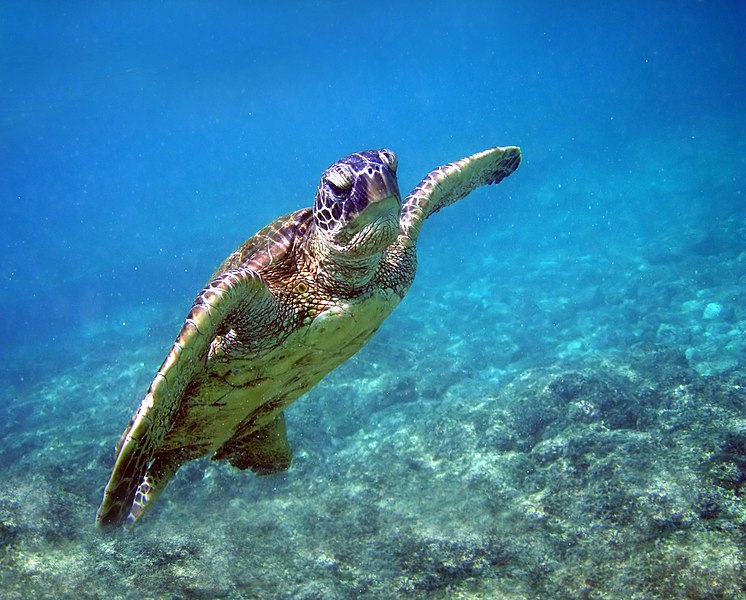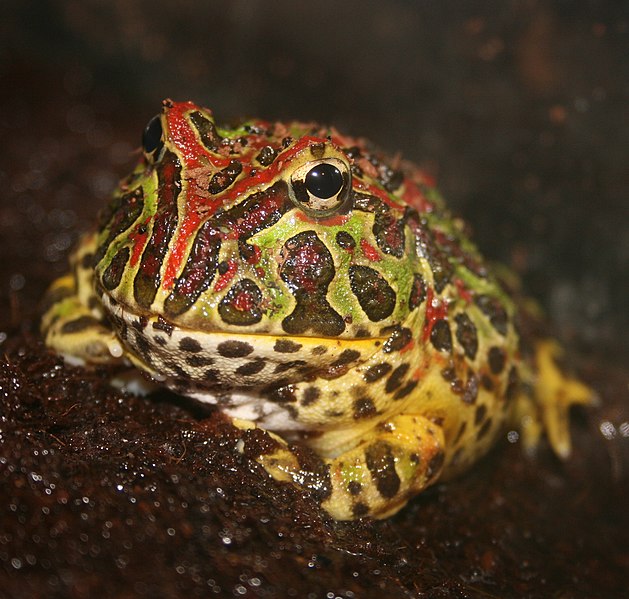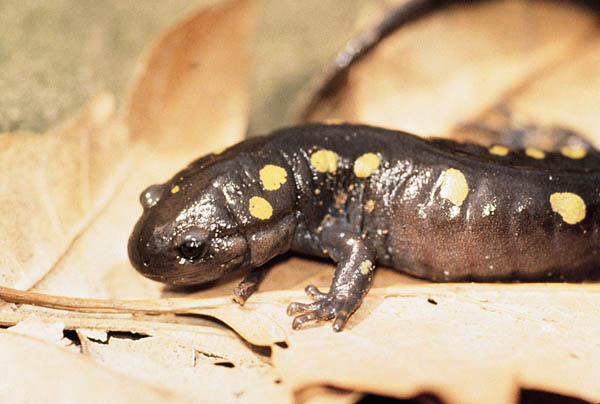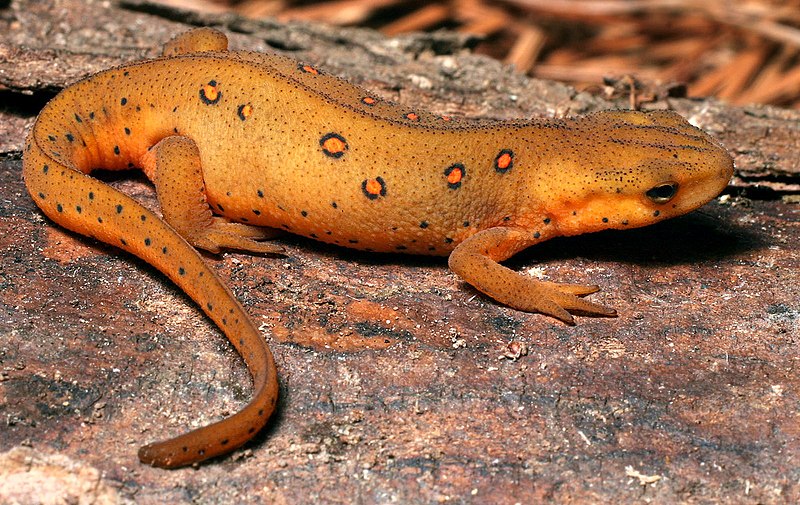 An accident that caused the deaths of 299 endangered Green Turtles at the Cayman Turtle Farm has raised concerns about the facility’s operation. The incident brought other issues to my mind as well. I was first inspired by the legendary herpetologist Archie Carr, and have since been involved in several field studies of Green, Leatherback and other marine turtles (please see article below). I see the value in organizations such as Cayman Turtle Farm, which raises turtles for the food market while also racking up important “firsts” in breeding and research. However, many disagree with me. What’s your opinion? Any comments you may wish to post below would be much appreciated.
An accident that caused the deaths of 299 endangered Green Turtles at the Cayman Turtle Farm has raised concerns about the facility’s operation. The incident brought other issues to my mind as well. I was first inspired by the legendary herpetologist Archie Carr, and have since been involved in several field studies of Green, Leatherback and other marine turtles (please see article below). I see the value in organizations such as Cayman Turtle Farm, which raises turtles for the food market while also racking up important “firsts” in breeding and research. However, many disagree with me. What’s your opinion? Any comments you may wish to post below would be much appreciated.
Conservation through Commercialization
Whatever your personal feelings concerning the consumption of turtles or other animals may be, it is clear that commercial farming can play a role in  conservation. The classic US example is the American Alligator. Legal protections helped, of course, but large scale breeding for the meat and hide trade made a huge difference in that species’ future. Read More »
conservation. The classic US example is the American Alligator. Legal protections helped, of course, but large scale breeding for the meat and hide trade made a huge difference in that species’ future. Read More »
 That Reptile Blog – Reptile, Amphibian and Exotic Pet Care and Information
That Reptile Blog – Reptile, Amphibian and Exotic Pet Care and Information




